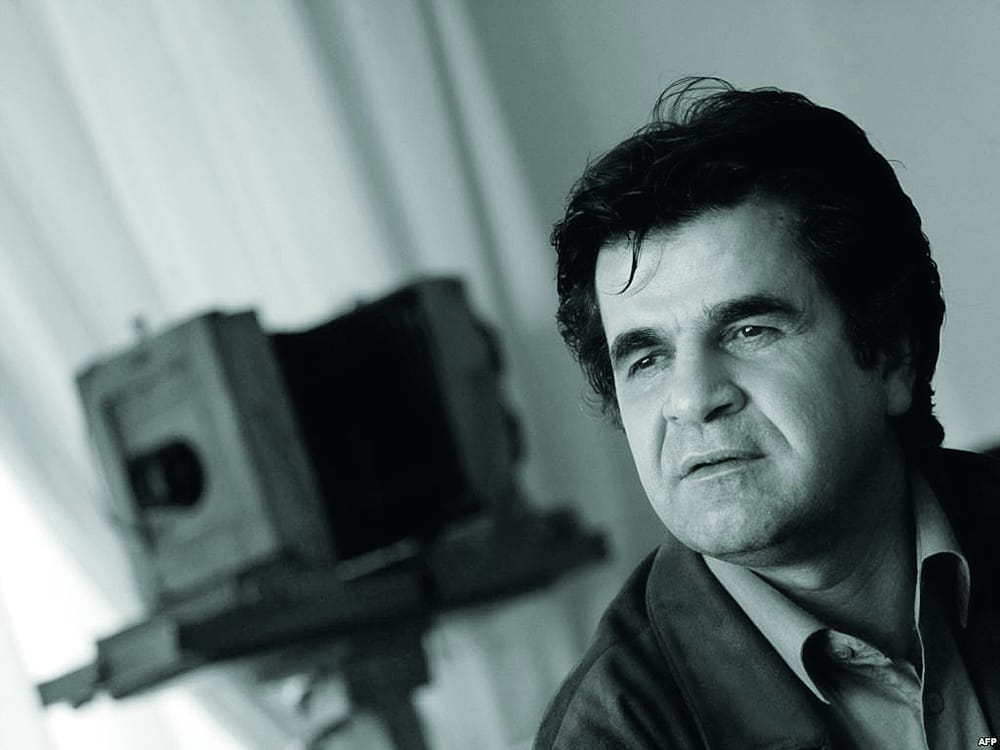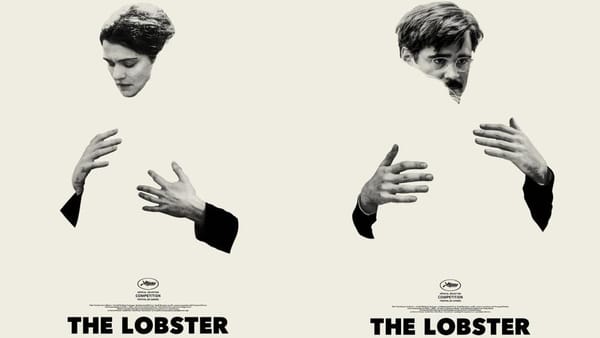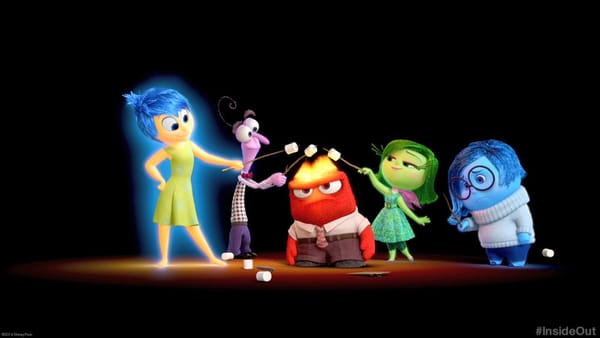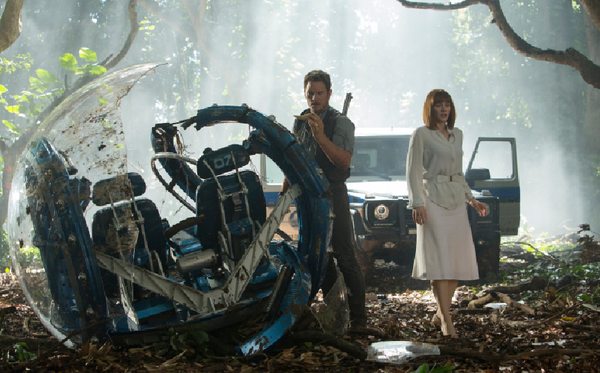Jafar Panahi is the Iranian neo-realist
Since his 2011 arrest, Iranian director Jafar Panahi’s fimmaking has become a cause célèbre in the cinema world. We take a look at his life, his work, and the events leading up to his ban on producing films.

A1995 Prix de La Caméra d’Or-winning debut film; at the forefront of the Iranian New Wave movement; imprisoned for breaking censorship laws and under house arrest since October 15, 2011. Jafar Panahi has a repertoire few can match.
Panahi is an Iranian director who rose to fame with his 1995 film The White Balloon. The film, praised by critics worldwide, won the Prix de La Caméra d’Or at that year’s Cannes Film Festival and guaranteed Panahi a spot among the greats. It follows a stubborn seven-year-old girl’s journey to get a ‘chubby’ goldfish for the local New Year celebrations. Shot with a largely non-professional cast and on location, the film explores the struggles of the working class in Iran through the pedestrian goal of obtaining the goldfish. One can immediately see the influence of Italian neo-realism – the genre of which the Iranian New Wave movement is most reminiscent. The masterful use of a hand-held camera, frequent close-ups of the characters, and the overall style of shooting that largely mimick a documentary only add to this list of similarities.
With Panahi’s films, however, we are introduced to the stringent rules, practices, and general life in Iran’s capital city, Tehran, where all of his work is based. They largely lack the ‘male gaze’, and frequently feature child protagonists (for reasons later explained) – both significant characteristics in the Iranian New Wave movement. His subsequent films including The Mirror (1997), The Circle (2000) and Offside (2006), all of which feature female protagonists, allow us to view their limited world and the struggles they face. An important exception to this rule would be Crimson Gold (2003), a film – winner of the Un Certain Regard prize at Cannes – that follows the humiliation of a pizza delivery man that eventually leads to his insanity. The central character is both a delivery man and a paranoid schizophrenic in real life who did not see the completed film.
While Panahi maintains he is a person interested in social issues rather than politics, he does admit they have the tendency to blur. It is the widespread interest in his films that has led to Crimson Gold, like most of his other films, being banned from screening in Iran. Censorship laws in the country are strict when it comes to what can be shown to the public, consisting of a number of rules laid down in the late 1990’s including a ban on men and women sitting close together, men and women exchanging “tender words or jokes”, booze or profanity against religion, and neckties (they are viewed as a symbol of foreign culture that therefore spreads Western propaganda). These stringent laws are why Panahi started with children’s films. He later explained that “making children’s films was a way of saying what we wanted to say in adult films”.
With his later films, however, Panahi has gotten more daring. Since The Circle, all of his films were banned before their international release or were made illegally and then smuggled outside Iran. Famously, a flash drive containing his 2011 work This Is Not A Film was smuggled from Iran inside a cake, to be later screened at the Cannes Film Festival. Unfortuntely, it has not all been finding clever ways to avoid the censors and come out unscathed; Panahi has been arrested and imprisoned on several occasions on account of his films, which the Iranian government feels oppose its current regime.
The first of a long string of arrests related to his filmmaking that led up to his house arrest in 2011 was in 2003 – the same year Crimson Gold was released. After having been arrested, Panahi was interrogated for hours by the Information Ministry in Iran, who asked him, “why don’t you just leave this country and work outside of Iran, given that the core of your supporters live there?” As a matter of principle, however, Panahi still resides in his home country. On the 20th December 2010, he was sentenced to 6 years in prison, banned from involvement in films for 20 years, and forbidden to leave Iran. Most recently, on October 15th 2011, he was placed under house arrest – although he has has since been allowed to travel around Iran. When asked whether the cinematic value of his films lies in their confrontation with the censorship regime, Panahi replied, “I don’t think it’s a value the film has, but it’s a value I have. I become the person who refuses to compromise; I become the person whose identity is defined by my rebellion against the censorship regime. I do enjoy that status of being the person who is resisting this force.”
Unable to leave Iran since 2011, all of Panahi’s films since then were made illegally. There’s also the issue that, as Xan Brookes puts very succinctly, Panahi is in a situation wherein he is “...making Iranian films about Iranian life that Iranians are forbidden to see.” Having the target audience for his films taken away, Panahi disappointedly states that the government has left him “deprived of the ability to have my work influence people where it can have most effect.” Despite this, Panahi remains optimistic: “If a film is successful, it will be saved”, he has said. At this point in time, he sees each of his films as a “document of what life was like at the time”. He says about the future, “One of two things can happen: maybe times will have changed, and they’re a document that serves as a warning not to go back to this dark age, or things haven’t changed, and they’re a warning about how prolonged it has become, this problem.” And so Panahi continues to do exactly that: he documents the daily life of Iranians in Tehran.
In his most recent film, Taxi Tehran (2015), out in the UK now, Panahi continues to fight his battle with the Iranian censorship regime. The film was made illegally by installing three hidden cameras inside a taxi, offering its viewers a journey with the locals of Tehran and bringing forward more social concerns though the questioning of the passengers by the driver, Panahi himself. The film has already won the Golden Bear and the FIPRESCI at the 65th Berlin International Film Festival, continuing the tradition of his films being celebrated internationally but shunned in his own country. Panahi’s resilience through these difficult ordeals, trapped inside a world he’s working to change, and working around the numerous strict limitations he faces, is commendable. The international support he has been receiving during these years has been extraordinary; an international support network has been set up that includes organisations such as Amnesty International, A-list names such as Scorsese and Spielberg, and national governments of several Western countries. In March 2011, Barack Obama cited Panahi’s persecution as an example of the oppressive Iranian regime, and in April 2011, Time Magazine named Panahi number three in their list of the Top Ten Persecuted Artists who have challenged authority. It is with this global support that Panahi is aware of the quiet protection he possesses, protection that gives him confidence to try and fix things from the inside, most definitely a long and tedious task. But, as he once said, “The system can’t last forever, I can wait.”
MERYL ANIL









